Blog – How Northwestern Inuit led construction of Canada’s highway to Arctic Ocean
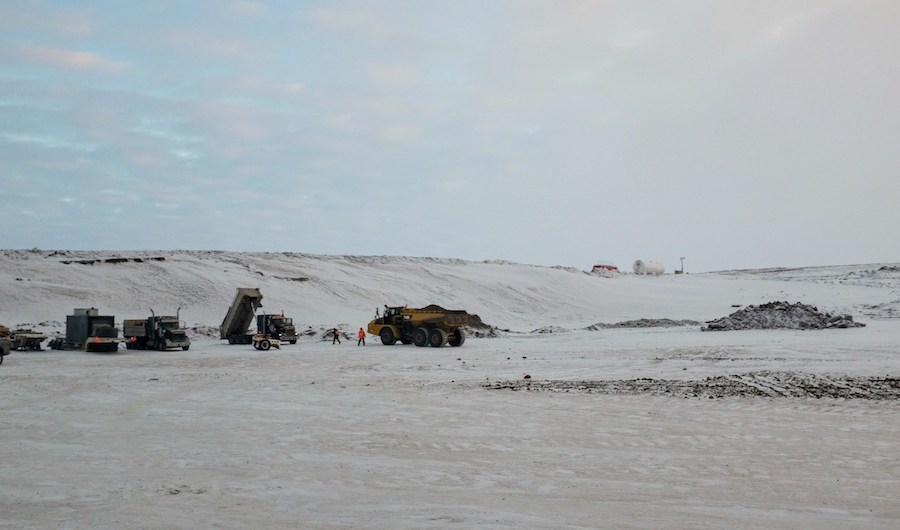
Last November, Canada’s first highway to the Arctic Ocean opened. When shovels broke ground on the all-weather road in January 2013, there was speculation that this was just another environmentally destructive “road to resources” – including on the Cryopolitics blog.
The highway leads to two million hectares of offshore oil and gas leases, many of which were granted by former Canadian Prime Minister Stephen Harper, the Conservative leader who favored a “use it or lose it” philosophy in the Arctic.
Yet when I conducted fieldwork in this corner of the Canadian Arctic where reindeer roam across the treeless tundra, through interviews with people working on the highway or who were directly impacted by its construction, I discovered that the project was about much more than just accessing oil and gas.
It was also about stimulating the local economy and creating jobs in the two communities the road now connects: Inuvik, a government hub in the Western Canadian Arctic, and Tuktoyaktuk, the hamlet that sits on the shallow shores of the Beaufort Sea. Previously, these two settlements were only connected across land by ice road each winter, when the meandering Mackenzie River seasonally froze as it flowed into the Arctic Ocean.
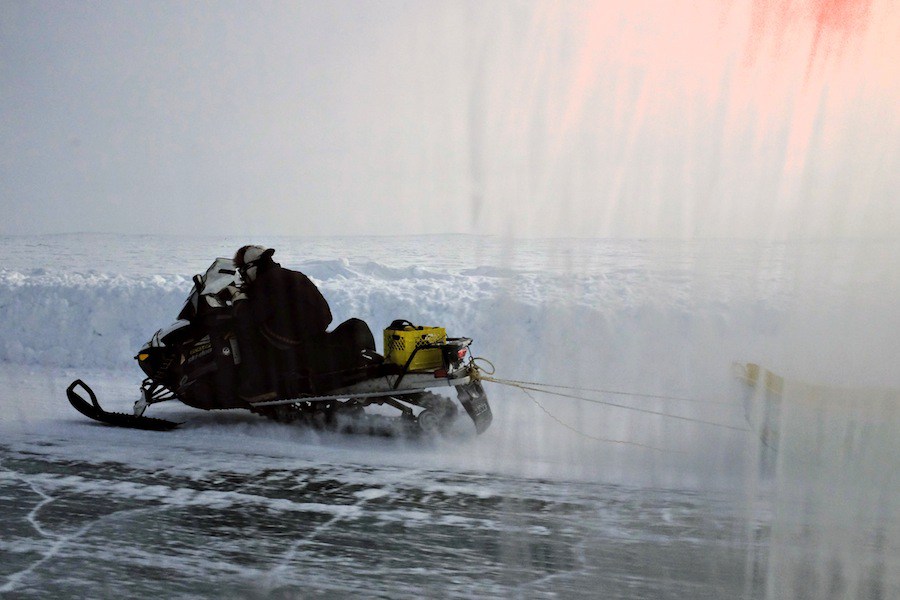
When roads mean jobs
The 137-km, CAD $299 million route cuts across the Inuvialuit Settlement Region, the part of the Northwest Territories recognized by the Canadian federal government as indigenous Inuvialuit land following the 1984 land claims agreement. In these permafrost-laden, gas-rich lands, the Inuvialuit people own 91,000 km2 of land. This figure includes 13,000 km2 to which they have surface and subsurface rights, meaning they can develop the oil, gas, and minerals lying below ground. Enjoying the right to develop much of their land as they see fit has made the Inuvialuit, as a whole, relatively pro-industry.

Many Inuvialuit continue to whale, fish, hunt, and gather, but they often see industry as complementary to their subsistence activities since it can provide the money needed to purchase new engines, bullets, or other equipment to go out on the land.
Their stance resembles that of the Iñupiat people across the border in northern Alaska, who, with rights to oil royalties thanks to the 1971 Alaska Native Settlement Claims Act, have earned some $825 million in dividends from the thousands of wells pumping fossil fuels out of the North Slope. Both the Inuvialuit and Iñupiat opposed the moratoriums placed on offshore oil and gas development by former U.S. president Barack Obama and Canadian Prime Minister Justin Trudeau in late 2016.
The 1984 Inuvialuit land claims process also established the powerful Inuvialuit Regional Corporation (IRC), which manages the region’s affairs for the benefit of the approximately 3,100 Inuvialuit people residing in the region. Many of the leaders involved in negotiating land claims, along with a younger generation that came up through the ranks of the IRC, were instrumental in lobbying for the Inuvik-Tuktoyaktuk Highway. One especially strong female leader in the land claims process, Nellie Cournoyea, later served as Premier of the Northwest Territories and CEO of the IRC. As one long-time Inuvik resident explained to me:
Finally, a person came along who is really hobnobby with the prime minister, the ministers, the oil companies. Her name is Nellie Cournoyea, and she had a plan, and there was some money, and then boom. That’s how things happen in the North – strong people who have connections.
In the end, rather than the Canadian federal government pushing a road onto the ISR from on high, a group of strong Inuvialuit and local leaders lobbied strategically for its creation. Although they had sought a permanent link between the two largest settlements in the ISR for decades, they took advantage of shifting geopolitics in the Arctic that were turning the north into a renewed frontier of interest for the Canadian government and the world at large. In the words of one individual who had been involved in the lobbying effort:
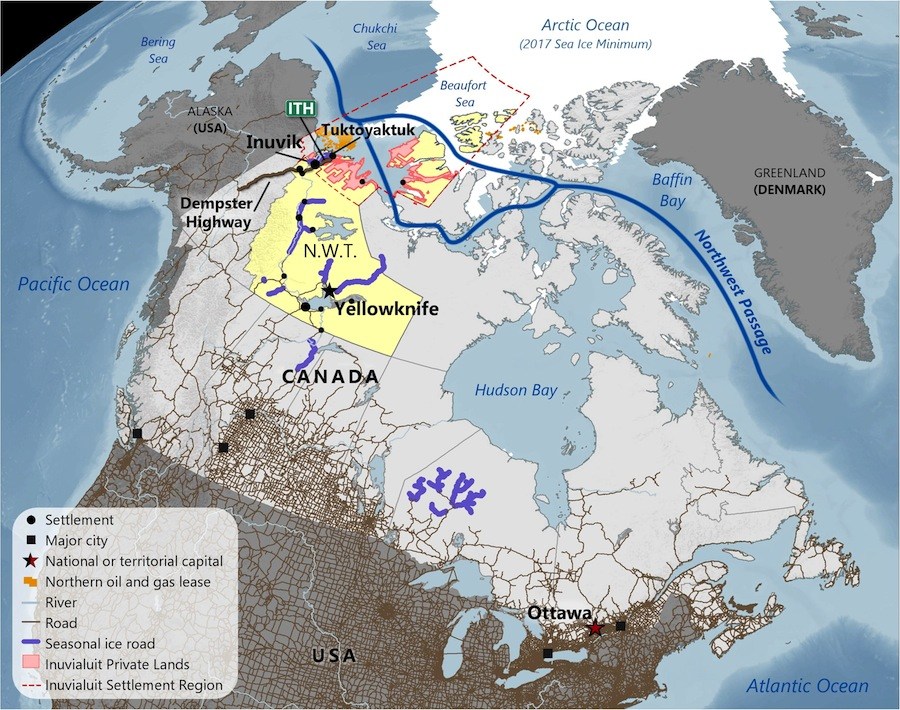
By the Inuvialuit, for the Inuvialuit
Ultimately, the road may help oil companies. Yet it appears that this highway represents a case of bottom-up rather than top-down development, at least in how it started. Since the Inuvialuit Final Agreement guarantees that the Inuvialuit people will benefit from any development projects that take place on their lands, the government awarded the CAD $229 million contract for the highway’s construction to a joint venture between two Inuvialuit-owned transportation and construction companies: Tuktoyaktuk-based E. Gruben’s Transport and Inuvik-based Northwind.
Additional contracts went to Inuvialuit-owned joint ventures with technical and engineering consultancies from southern Canada and the U.S. Hundreds of locals also found jobs working on the road as rock truck drivers, gravel haulers, and environmental monitors, for instance, earning money to put food on the table for their families.
Video: What is it like to drive a rock truck in a gravel pit?
Now that the construction is done, however, most of those jobs are gone. There’s not a clear sense of what will come next in terms of economic development. Oil is still too pricey and risky to explore, and building a deep-water port along the Northwest Passage seems far-fetched without the ship traffic to justify it.
More roads probably aren’t the answer, either. During one exchange I had with a few construction workers while we were driving up the yet-to-be-finished road to a gravel pit, one worker from the nearby community of Aklavik, which, like Tuktoyaktuk previously, is only connected to Inuvik by ice road, boat, or plane, dismissed the possibility of a road being built to his hometown.
He grumbled, “The road will ruin my land.”
His coworker replied tersely, “I don’t care. It fed my family for five years.”
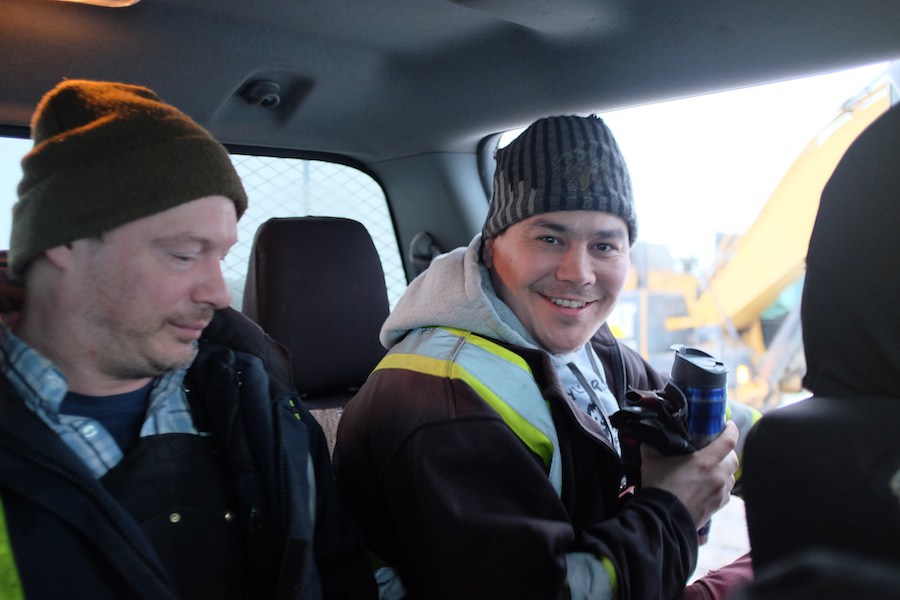
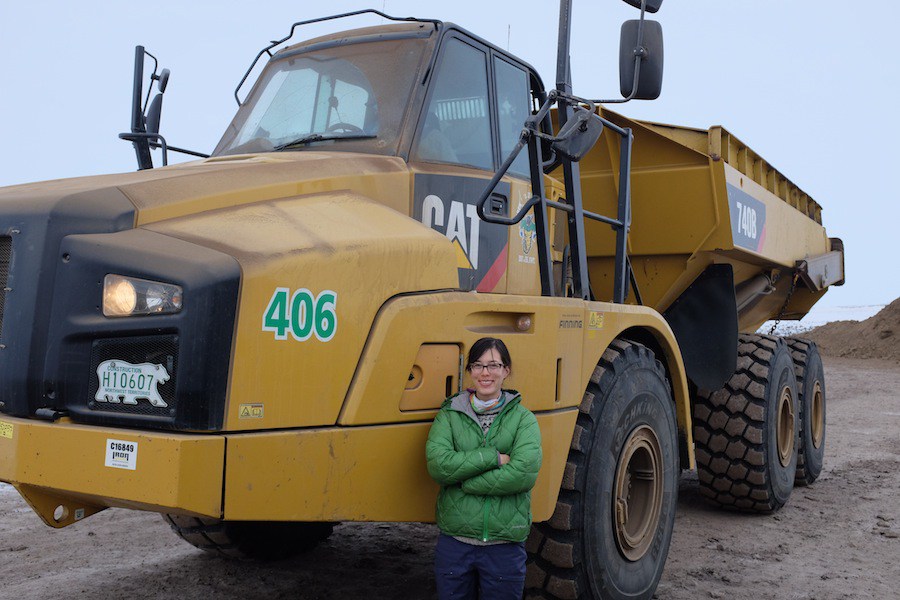
This post first appeared on Cryopolitics, an Arctic News and Analysis blog.
Related stories from around the North:
Canada: Who really built Canada’s first highway to the Arctic Ocean?, Cryopolitics Blog
Finland: Finland’s roads crumble after worst thaw in 20 years, Yle News
Norway: Finland chooses Kirkenes in Norway for new Arctic railway terminal, The Independent Barents Observer
Russia: After bridge to Crimea, Russia set to build new railway to Arctic, The Independent Barents Observer
Sweden: Challenges ahead for electric car chargers along Europe’s northernmost highway, The Independent Barents Observer
United States: New book tells untold story of black soldiers who built the Alaska Highway, Alaska Public Media




